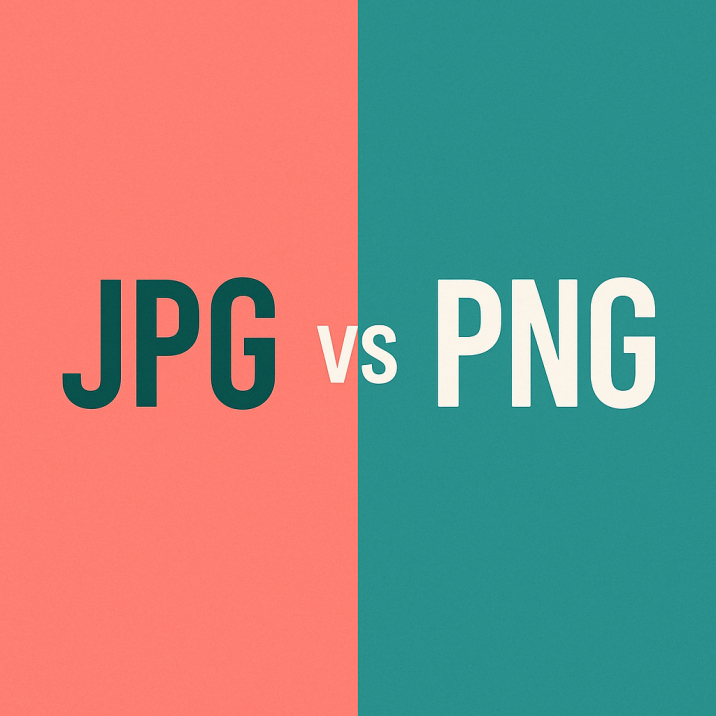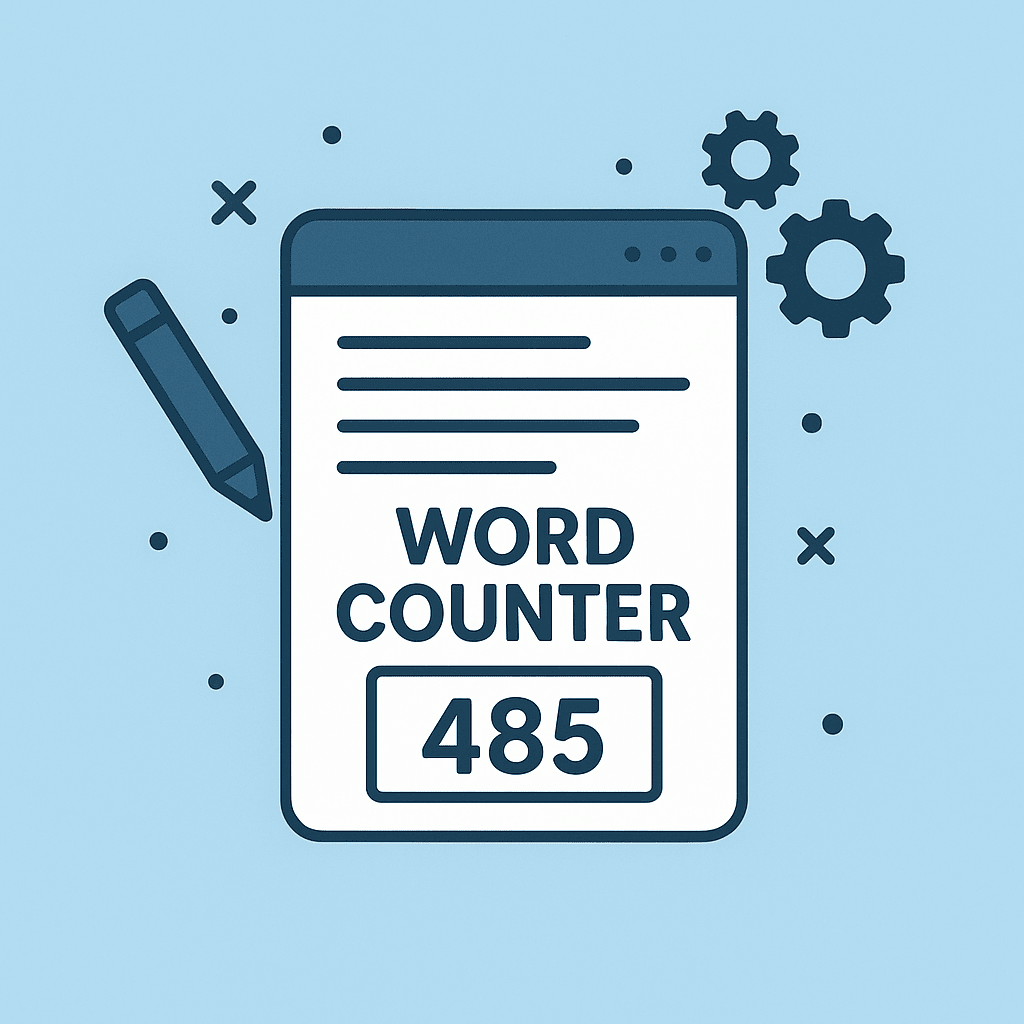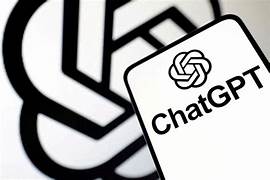Confused between JPG and PNG for your website images? Learn which format is best for speed, quality, and user experience—and easily convert your images using free tools from TaryTools.
🖼️ JPG vs PNG: Why Choosing the Right Format Matters
Whether you’re building a blog, eCommerce store, or portfolio, image optimization plays a major role in:
- Website load speed
- SEO rankings
- User experience
- Mobile performance
Yet, many creators overlook one of the simplest decisions: Which image format should I use—JPG or PNG?
Choosing the wrong one could make your website slower, uglier, or even non-functional on certain devices.
Let’s break it down.
🔍 What Is a JPG?
JPG (or JPEG) stands for Joint Photographic Experts Group. It uses lossy compression, which means it reduces file size by sacrificing a bit of image quality.
✅ Best Use Cases for JPG:
- Photographs with lots of colors
- Background images
- Product photos (where transparency isn’t required)
- Blog post visuals
👍 Pros:
- Small file size (loads faster)
- Supported by all browsers and devices
- Ideal for large photo galleries or image-heavy sites
👎 Cons:
- No transparency
- Image quality reduces slightly with every edit/save
🧊 What Is a PNG?
PNG stands for Portable Network Graphics. It uses lossless compression, which keeps the image quality intact—even after multiple edits.
✅ Best Use Cases for PNG:
- Logos and icons
- Transparent background images
- Illustrations, line art, infographics
- UI elements (like buttons or icons)
👍 Pros:
- Supports transparent backgrounds
- Higher quality for sharp-edged visuals
- Perfect for design-heavy, branding-focused websites
👎 Cons:
- Larger file size = slower page speed
- Not ideal for large photo sets or mobile-heavy pages
⚔️ JPG vs PNG: Quick Comparison Table
| Feature | JPG | PNG |
|---|---|---|
| Compression | Lossy | Lossless |
| Transparency Support | ❌ No | ✅ Yes |
| Best For | Photos, blog images | Logos, UI, transparent images |
| File Size | Smaller | Larger |
| Quality After Edits | Degrades | Maintains quality |
| SEO/Page Speed | Faster load time | Slower with many images |
🛠️ Need to Convert? Use These Free TaryTools Image Converters
If you already have images but they’re not in the ideal format, don’t worry. Use free, fast, and secure converters from TaryTools:
🔄 Convert JPG to PNG
👉 https://jpgtopng.tarytools.com
- Retain high quality
- Add transparency to logos
- Instant download
🔄 Convert PNG to JPG
👉 https://pngtojpg.tarytools.com
- Reduce file size for web
- Remove transparency for mobile compatibility
- Super-fast conversion with no login required
Both tools are:
- ✅ Free forever
- ✅ No watermark
- ✅ No signup needed
- ✅ Safe and private (images not stored)
💡 Pro Tips for Web Designers
- 🖼️ Use JPG for product galleries, blog images, or anything where speed matters more than pixel perfection.
- 🧼 Use PNG for logos, overlays, or UI components that need transparency and crisp edges.
- ⚙️ Compress both formats further using tools like TinyPNG or [ImageOptim] for even faster loading.
- 🚀 Always test load speed using tools like Google PageSpeed Insights after image upload.
📈 SEO Benefits of Choosing the Right Image Format
- ✅ Improved load time = higher ranking
- ✅ Better user experience = lower bounce rate
- ✅ Smaller file size = less hosting cost
- ✅ Visual consistency = higher trust and conversions
Images can impact your Core Web Vitals—so choosing the right format is an actual SEO decision, not just a design one.
🏁 Final Thoughts: Design Smart, Load Faster
When it comes to web design, every detail counts. Choosing between JPG vs PNG may seem minor, but it directly impacts your performance, SEO, and branding.
Use JPG when speed matters.
Use PNG when clarity and transparency are key.
And when in doubt—convert your images easily with TaryTools.
👉 Convert JPG to PNG
👉 Convert PNG to JPG








Post Comment